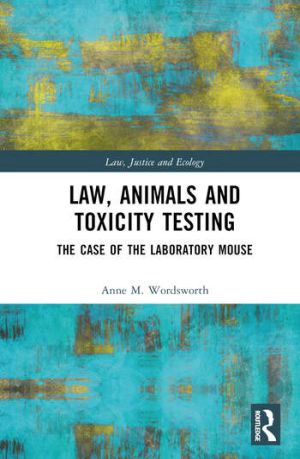
Drawing on our growing knowledge of animal cognition, this book provides a critical analysis of the use of animals in the legal regime and practice of toxicity testing.
Although animal abuse has become a major issue, animal testing remains largely in the shadows, even though it involves substantial cruelty. Toxicity testing, in particular, imposes considerable pain, suffering and ultimately death on those laboratory animals – often mice – chosen to demonstrate the characteristics of chemicals and their commercial potential. This book documents and critically analyses the animal protection laws of the European Union, the United States and Canada. It examines not only the tests themselves and the suffering they inflict on animals, but also exposes the failure of both the testing and the toxicity laws to effectively protect human health and the environment. Finally, the book takes up the potential of alternative non-animal testing methods to replace the current regimen, and to reduce current damage to health and the environment.
This book will be of interest to scholars and researchers in the fields of animal studies, environmental law, and sociolegal studies; as well as others with an interest in ethics and animal rights.